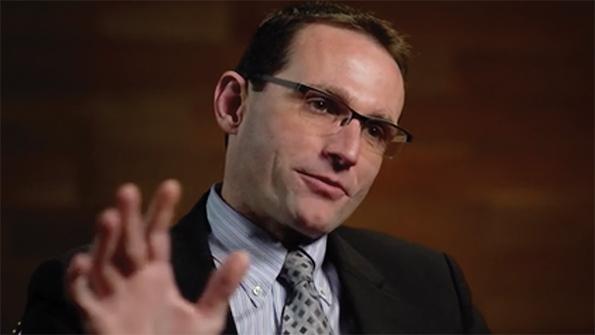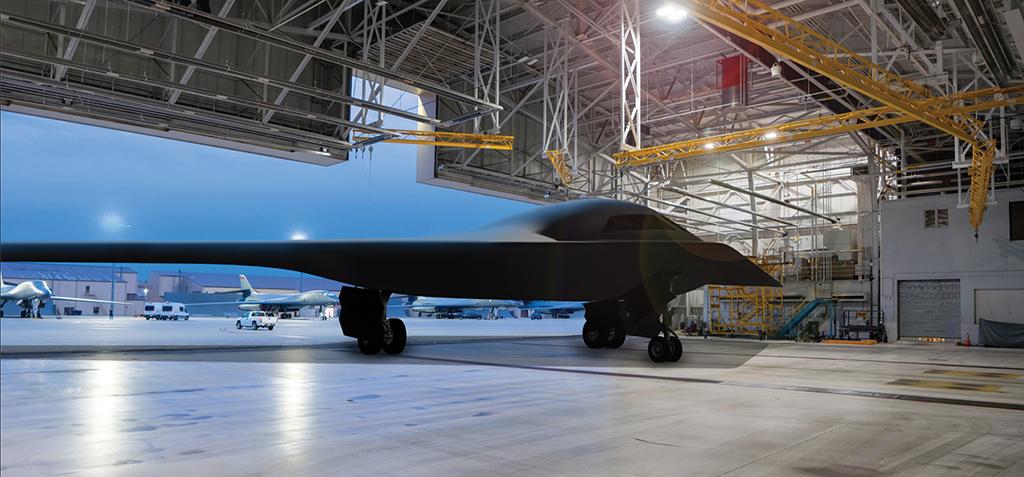
Ask the Editors: The Aviation Week Network invites our readers to submit questions to our editors and analysts. We’ll answer them, and if we can’t we’ll reach out to our wide network of experts for advice.
Aviation Week Defense Editor Steve Trimble responds: Lockheed Martin flew the first weight-optimized F-35, known as “BF-1,” on June 11, 2008. The first Lockheed Martin F-22, bearing tail number 4001, flew on Sept. 7, 1997, or about 6.5 years after contract award. Finally, Northrop flew the original B-2 on July 17, 1989, or about eight years after winning the contract.
For the B-21, the Air Force would like to move faster. One clue is in the name of the organization managing the program: the Rapid Capabilities Office. Upon contract award in October 2015, the Air Force also emphasized that the B-21 would mainly leverage existing technologies, in hopes of avoiding lengthy delays caused by high-risk technology glitches.
So it was always curious that the Air Force’s original first-flight date for the B-21 was set more than six years after contract award. And the schedule delay to mid-2022, as reported first by Air Force Magazine, puts the start of flight testing nearly seven years after Northrop Grumman won the Long-Range Strike-Bomber competition.
So what gives? Most details about the B-21 program are closely guarded secrets. Even disclosure of the first-flight date itself— in July 2019 by Gen. Stephen Wilson, then-vice chief of staff—appears to have been inadvertent.
On Jan. 19, the day before Will Roper resigned as assistant secretary of the Air Force for acquisition, technology and logistics, he spoke to Aviation Week and explained some of the mystery over the length of the interval between contract award and first flight of the B-21. Here, at length, is his response:
“I think most people in the Pentagon who are witting of the program and read-in to the details have been very surprised that we’ve held the schedule as well as we have, and I expect that we will get to the goal line as originally forecast. I will say on the B-21, on getting to its first flight, it is going to be a night-and-day difference [from] the B-2 or the F-35. We’re not getting something experimental. We expect to get a representation of the full production [aircraft] to first flight. It is being designed for production innovation, for maintainability and sustainability, up front and back, and those are the things I’ve tracked the most.

“So in no way, shape or form is our first-flight article just to prove out the flight sciences, so that we know it’s a good airplane, and then we figure out how we make it. All of that has been worked concurrently. So after first flight, we expect to transition smoothly into production and to scale, very quickly, from low-rate to full-rate [production].
“It’s more rapid than meets the eye. If we want to reconstitute the ability to build a stealth bomber-—and it’s been over 30 years since we’ve done that, and almost all of the team that was there to begin with has since retired—we’re literally having to build back a skill set. And not just build it back, but to build it better and build it in a way that allows the B-21 to be used frequently, and not just for its important nuclear mission, but for the conventional one as well. So you’ve got yeoman’s work on the industrial base.
“And then you also have to meet those exceptionally stringent nuclear requirements, which currently do not allow the same speed that we could achieve on a conventional system where we can take risks. There’s Plan B for the B-21. We are going to try to speed up the nuclear certification process, and the B-21 is part of leading that charge. But until it’s demonstrated and approved, we simply can’t put the nation’s nuclear deterrent at risk in an experimental prototyping effort.”






Comments
Guy Norris of AvWeek has the photos (about six or seven) showing the B-21A in the same frame with the the B-2A.
Based on what was present in the photo, the B-21 Raider has a wing span about 125 feet, three trailing edge points, versus the B-2As five trailing edge points. With the reduction in size, it's assumed that the B-21 has only one bomb bay, it appears that it still has four engines.
What was striking about the B-21 image, it has the very same art work on it's gear doors as the B-2A, meaning it may have been at Whiteman AFB and it was mistaken for a B-2A.
James C. Goodall
Oro Valley, AZ